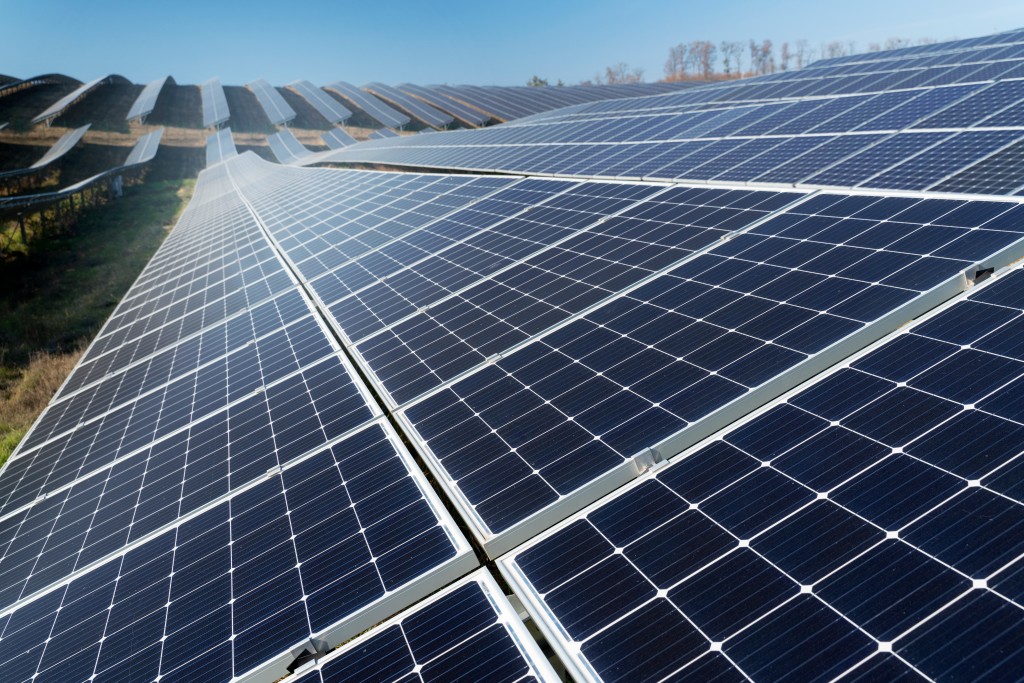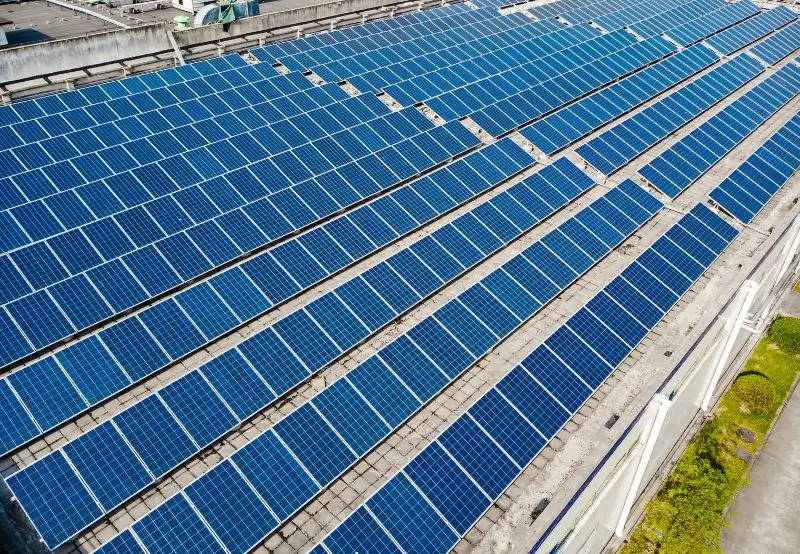The Ultimate Guide to Bifacial Solar Panel Efficiency
As the world turns to clean energy, bifacial solar panels have emerged as a breakthrough technology for enhancing solar module efficiency. Unlike traditional panels that absorb sunlight from only one side, bifacial panels harness light from both their front and rear sides—drastically improving power output, especially when optimized on rooftop installations.
In this comprehensive guide, we’ll explore how bifacial solar panels rooftop setups work, what factors impact their efficiency, and how adjusting solar panel angle or using a solar tracking system can significantly improve results.

What Are Bifacial Solar Panels?
Bifacial solar panels are advanced photovoltaic modules designed to absorb sunlight from both the front and back surfaces. Typically constructed with a glass-glass or glass-transparent backsheet design, these panels allow reflected sunlight from surfaces such as rooftops, sand, or snow to be captured by the rear side—generating more electricity than monofacial alternatives.
Key Features of Bifacial Panels:
- Double-sided power generation
- Durability with glass-glass structure
- Ideal for elevated or reflective surface setups
- Higher output per square meter
When mounted on rooftop setups with reflective surfaces, bifacial solar panels rooftop solutions can be 10–30% more efficient than traditional systems, depending on installation techniques and site conditions.
Why Efficiency Matters in Solar Installations
Solar module efficiency refers to how well a solar panel converts sunlight into usable electricity. The higher the efficiency, the more energy you produce from the same amount of sunlight. For homeowners and businesses with limited roof space, bifacial solar panels are a game-changer.
Factors Influencing Bifacial Panel Efficiency:
1. Surface Albedo (Reflectivity):
The brighter the surface below the panel (like white concrete or snow), the more light the rear side captures. This can increase total energy yield by up to 30%.
2. Panel Elevation.
More space between the panel and the roof allows greater light reflection to reach the rear side.
3. Solar Panel Angle:
The solar panel angle plays a crucial role in determining how much sunlight hits both sides. Optimizing the tilt improves exposure and reflection, significantly boosting solar module efficiency.
4. Orientation and Shading:
South-facing panels (in the Northern Hemisphere) with minimal shade ensure optimal performance. Bifacial systems are especially sensitive to shading, even from mounting structures.
5. Use of Solar Tracking System:
A solar tracking system adjusts panel angles throughout the day to follow the sun’s path. This ensures maximum direct and indirect light exposure, further enhancing the dual-side advantage of bifacial solar panels.
Benefits of Bifacial Solar Panels Rooftop Installations
1. Higher Energy Output:
With power generated from both sides, bifacial solar panels rooftop setups can produce more electricity than traditional systems. This is ideal for urban spaces where roof area is limited.
2. Improved ROI
The added power generation leads to faster payback periods and higher long-term returns. Though the initial cost is slightly higher, the increased efficiency and longevity of these panels offer better value.
3. Durability
Glass-glass bifacial panels resist harsh weather conditions, making them ideal for varied climates.
4. Compatibility with Solar Tracking Systems
Pairing bifacial solar panels with a solar tracking system maximizes their potential. Trackers can boost output by 10–25%, depending on location and design.
Optimizing Efficiency: The Role of Solar Panel Angle
To maximize bifacial panel performance, the solar panel angle must be tailored to your geographical location. For rooftop installations, this involves:
- Calculating the optimal tilt based on latitude (generally latitude ± 10°)
- Adjusting for seasonal sun paths (some systems allow seasonal re-tilting)
- Ensuring rear-side light exposure with sufficient panel elevation
Mounting the panels with the correct angle not only increases direct sunlight exposure but also improves rear-side albedo gain.
Adding a Solar Tracking System
A solar tracking system automates the positioning of solar panels throughout the day. There are two main types:
- Single-Axis Trackers: Rotate panels east to west to follow the sun’s daily movement.
- Dual-Axis Trackers: Adjust both horizontal and vertical positions to follow the sun year-round.
When combined with bifacial solar panels, these systems significantly enhance solar module efficiency. While more common in ground-mounted installations, some innovative rooftop designs now incorporate trackers with lightweight mounting.
Real-World Efficiency Gains
Case studies show that bifacial panel systems can offer:
- Up to 30% higher output over monofacial systems
- Enhanced winter performance due to snow reflectivity
- Better generation during early morning and late evening due to rear-side capture
When installed with optimal solar panel angle, proper elevation, and a solar tracking system, bifacial solar panels rooftop projects are some of the most efficient and cost-effective solar solutions available.
Considerations Before Installing Bifacial Panels on Rooftops
While the benefits are compelling, there are factors to consider:
- Weight: Glass-glass panels may be heavier than standard ones. Check your roof’s load-bearing capacity.
- Mounting Systems: Ensure elevated racking systems support rear-side exposure.
- Cost: Initial investment may be higher, especially if using trackers, but the long-term ROI is strong.
- Installation Expertise: Work with certified professionals familiar with bifacial systems.
Future of Solar: Bifacial Technology
The global solar industry is rapidly shifting towards high-efficiency technologies. According to the International Technology Roadmap for Photovoltaic (ITRPV), bifacial solar panels are expected to dominate utility and rooftop markets in the coming years.
When combined with smart engineering, optimal solar panel angle, and advanced solar tracking systems, these modules can revolutionize how we generate and consume solar energy.
Conclusion
If you’re planning a rooftop solar installation and want maximum energy output per square foot, bifacial solar panels are a top-tier choice. By understanding the relationship between solar module efficiency, solar panel angle, and solar tracking systems, you can dramatically increase your solar ROI while contributing to a more sustainable future.
As clean energy evolves, adopting high-performance technologies like bifacial solar panels rooftop setups ensures you’re not just keeping up—but leading the charge.
Frequently Asked Questions (FAQs)
Yes, their higher efficiency and long-term savings make them a smart choice.
They can produce 10-30% more energy compared to monofacial panels.
Yes, but they perform best with reflective surfaces beneath them.
Most have a lifespan of 25-30 years.
Professional installation is recommended for optimal efficiency.
Regular cleaning and monitoring ensure maximum output.












